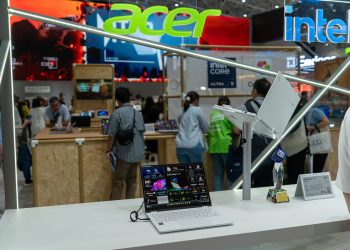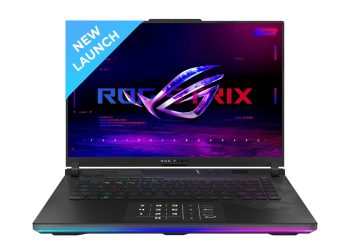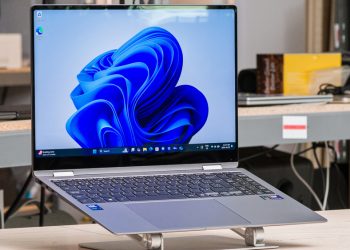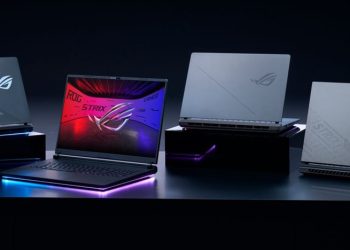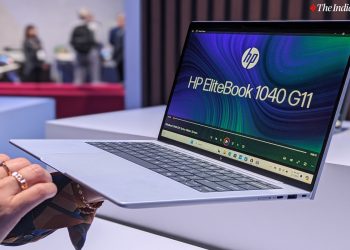Framework spoke about the configurations of its modular laptop: 3 motherboards and 11 keyboards
Unlike most companies, which each year increasingly limit the possibilities of upgrading laptops by soldering most of the motherboard components, the startup Framework from San Francisco is moving in the opposite direction. Its idea is to extend the life cycle of devices by replacing almost all of their components.

In late February, Framework introduced the concept of a modular laptop with replaceable components and upgradeability. It became known that the starting configuration of the Framework laptop will offer users 11th generation Intel Tiger Lake processors, support up to 64 GB of DDR4 RAM and PCIe Gen 4 NVMe drives with a capacity of up to 4 TB. It was promised that the device would boast a 13.5-inch display with a resolution of 2256 x 1504 pixels and a lightweight aluminum body. Simultaneously, the manufacturer has made a special emphasis on the environmental friendliness of products because 50% of the aluminum used in the laptop and 30% of the plastic are obtained through recycling.
The company has now begun to share the first details about the plug-in modules for its laptop. First of all, there was information about the keyboard. It is reported that its replacement will be straightforward, and this manipulation can be carried out using only one screwdriver supplied with the device. The Framework says the input device will be available in at least 11 different layouts. Besides, new options will appear later. As a result, the Framework plans to release keyboards in all languages of the world. In addition to the regular keyboard, there will also be a version with buttons that do not have symbols aimed at users fluent in touch typing.
The webcam will also be replaceable, but the company has not yet revealed alternatives for replacement. Nevertheless, the starter module will be able to please even the most demanding users. This is a 1/6-inch OmniVision OV2740 sensor, complemented by a four-element f / 2.0 lens with an IR cut filter. The camera will be able to record Full HD video at 60 frames per second.
In terms of motherboards, there will be three options initially available. The easiest one will offer users a Core i5-1135G7 processor. More advanced variants will be equipped with the i7-1165G7 and i7-1185G7 chips. These processors will be cooled by two 5mm heat pipes and a copper heatsink complemented by a 65mm fan. It is stated that this system will be able to dissipate up to 60 watts of heat. However, the company has no plans to dwell on Intel chips. The Framework says it has engineered the motherboard to be as adaptable as possible to future generations of x86 and ARM processors. It is also supposed to be used outside a laptop to build a single-board computer.
The framework also talked about the possibilities of expanding the storage. For this, external drives with a Phison U17 flash controller, Micron N28 NAND modules, and a USB 3.2 Gen 2 interface will be used. Initially, users will receive two storage expansion options: a 250 GB drive with a read speed of 1000 MB / s and a write speed of 375 MB / s and a 1TB model that surpasses 1000MB / s sequential read and write speeds.
In addition to all of the above, the Framework states that it is open to users’ suggestions. Nevertheless, the company’s plans cannot but raise doubts about their reality: the startup makes many bold promises, apparently completely ignoring the circumstances caused by the global shortage of semiconductors.
